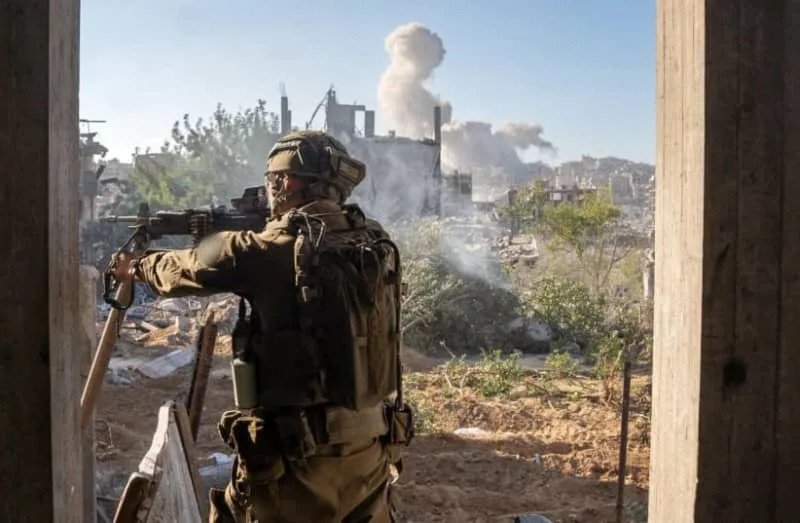The Supreme Court announced last week that it will consider overturning Humphrey’s Executor v. U.S. (1935), which upheld limits on the president’s authority to fire heads and members of so-called independent agencies and commissions. My role as a judge precludes me from opining on how specific cases should be decided, but the Constitution’s framers would be startled by the suggestion that the president doesn’t have the authority to fire lower-level officials and bureaucrats.

Article II vests “the executive power” in the president. What does that mean? The legal and scholarly debate usually starts with analysis of the Constitution’s text and structure, as it should. Further analysis often notes that the weak Articles of Confederation were replaced by the Constitution, which established a stronger federal government.
But this omits the critical first act. By the time the framers gathered in Philadelphia in 1787, they had drawn on generations of experience—positive and negative—with executive power in colonial governments. We therefore must look at colonial practice to understand fully what “the executive power” means.
Governors throughout the colonial period enjoyed extensive power to direct, discipline and remove lower officials in their administrations. Colonial bureaucracy was far less complex than its modern American counterpart, so the historical record shows executives routinely issuing orders to county sheriffs, justices of the peace and similar officers. These instructions include orders to begin or end criminal investigations, act as the governor’s eyes and ears, and generally to enforce the law.
Some colonial executive actions vis-à-vis their lower officials occur at moments of great historical import. Most don’t. The latter in many ways are more interesting, for they show that executive power over lower officials in colonial America was commonplace, even mundane.
Orders to fire lower-level officials were routine, often with single-line entries in government records. When more detail is provided, there are many examples of what modern readers would call “for cause” termination due to official misconduct. More important, there are examples of removal based in disagreement, outright partisanship or even the governor’s self-interest. The fair conclusion is that lower executive officials in colonial America typically served at the executive’s will.
This analysis requires careful application. Some important elements of the Constitution are reactions against the colonial experience. Our separate judicial branch with life tenure derives from colonial controversies about judicial tenure in office. Senatorial advice and consent for presidential appointments traces to a decision to remove those powers from colonial governors’ councils, which exercised combined executive, legislative and often judicial powers with governors. The separation of powers itself—the great American contribution to political science—contrasts with the colonial blending of these now-distinct government roles.
But there is no reason to think that when the newly independent colonials used the phrase “executive power,” they understood it to carry anything other than common meaning from generations of colonial government. Colonial history thus suggests that the president can fire, direct and discipline anyone in the executive branch. Moreover, modern efforts to invent agencies or officers outside the executive, or insulated from presidential control, are legally dubious innovations.
Understood against its proper historical backdrop, the executive power granted by the Constitution authorizes the president to discipline and remove otherwise unaccountable bureaucrats. It also gives voters the power to hold the president accountable for the way he uses this authority.
Judge Skarin is a trial judge on Illinois’s 18th Judicial Circuit.

All Access.
One Subscription.
Get 360° coverage—from daily headlines
to 100 year archives.

E-Paper

Full Archives

Full Access to
HT App & Website

Games
Already subscribed? Login







